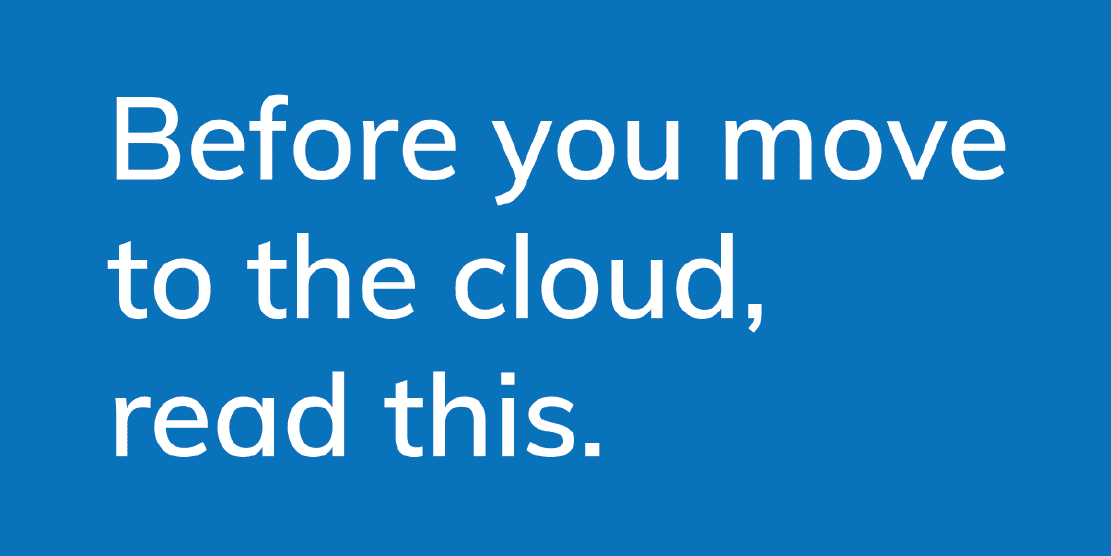Before you move to the cloud, read this
Article by Keiran Mott, CEO Veritec

27
April
2018
27 April, 2018
It is the Digital Transformation Agency’s (DTA) vision to make it easy for users to interact with Government agencies and get results, whichever channel they use.
What does this mean for agencies and what do they need to consider before moving to the cloud?
If you’re weighing up moving your infrastructure to the cloud, success isn’t just a matter of deciding what technology to use. Real progress involves changing the way of doing business – people, processes and technology – across your agency.
1. What applications should you choose to migrate?
Some business applications are more suitable to move to the cloud than others. At Veritec, we see some organisations transitioning their business-critical applications in the first phase of their venture to the cloud. This isn’t always the best approach.
As Booz and Co have noted, and as we’ve discussed in previous blog posts, it is better to start small. Move commodity-based applications such as email and websites, analyse the success of that migration in terms of business objectives and use that information to plan the business case for the next phase.
2. What about resistance?
As with most projects that require changes to processes and procedures, a move to the cloud is likely to be met with some level of resistance.
Some agencies may have dabbled in previous cloud projects and feel that it didn’t work for them, others have successfully migrated but discover that there is a lack of correctly skilled resources to support it and for others, they may feel that they’re taking on unjustified risks.
These are legitimate concerns and need to be addressed.
3. Is your governance up to speed?
When considering moving to the cloud, it is important to assess how your cloud services will be procured, through to its configuration and ongoing management. Governance and compliance management is a key component of this process.
Whilst every agency’s business, governance and compliance requirements differ, cloud solutions can be tailored to your individual business needs. Some governance consideration examples include:
- Managing your Enterprise Architecture and Billing
- Cloud Scaffold
- Subscription Set up and management
- Best Practices
- Resource Groups
- Identity Management
- Connectivity
- Security and Compliance
- Workload Management
- Backup and Recovery
- Cloud Management
A reliable cloud solution partner should be able to set up your cloud environment to allow you to succeed. Automating highly repeatable tasks, speed up user onboarding and advise on best practise.
4. Is your budgeting and reporting in sync?
Cloud economics are the principles, costs and benefits of cloud computing. This involves procurement, billing and resource management through to demonstrating return on investment. Analysing these factors will help you to determine your next cloud step. It’s important to ensure your finance teams are across these changes. Moving to the cloud will involve a fundamental shift in how IT is budgeted.
Instead of an initial Capital Expenditure (CAPEX) on hardware and software licencing, followed by trailing maintenance agreements which must be renewed, in cloud your spending is primarily Operational Expenditure (OPEX). With ongoing billing based on exactly what you utilise. This makes it more transparent and easier to manage.
Find out how you can take the next step in your cloud journey with Veritec. Contact us today to find out how we can assist you.
